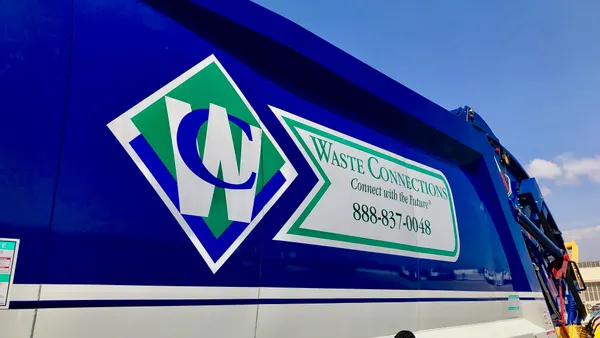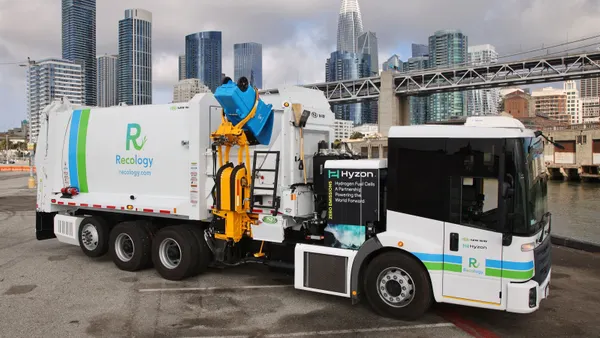Dive Brief:
- Officials at the University of Iowa enacted a program that saw the removal of waste bins from its classrooms; the bins are now found in the hallways of approximately 25 buildings around campus.
- The program is seen as a money-saver by officials, yet has prompted a backlash from some students.
- An added benefit, according to Eric Holthaus, the school’s sustainability director, is a reduction of trash liner use, which reduces costs and encourages environmental responsibility by reducing the impact of the bags in landfills.
Dive Insight:
In the Adler Journalism Building, English-Philosophy Building and the Becker Communications Center alone, the university has saved $1,200 this year by reducing the volume of trash liners it uses. The addition of more recycling bins made available for student use has helped contribute to an increase in recycling.
The new placement of the waste cans does have its share of critics. Some students think the relocated bins are an inconvenience and that tossing trash is not worth the effort. The feedback shouldn’t be surprising considering the results of a survey published in November. One underclassman said she’s seen no noticeable improvement to promote recycling efforts around campus.
Between 2011 to 2014, New York’s Metropolitan Transit Authority (MTA) removed bins from subway stations. The authority said the program reduced waste as commuters kept trash with them until the waste could be tossed elsewhere.
In June, the City of New York Department of Sanitation (DSNY) started the process of removing public waste bins from sidewalks in an effort to eliminate illegal dumping.
However, is it possible that removing waste bins could backfire? A report issued by the MTA in February does call the benefits removing bins into question. Results indicate that during the morning commute, a “moderate to heavy” amount of litter was present in 28% of stations, up from 19% the year before. Litter observed at stations during the daytime increased to 34% compared with 24% the year before.










